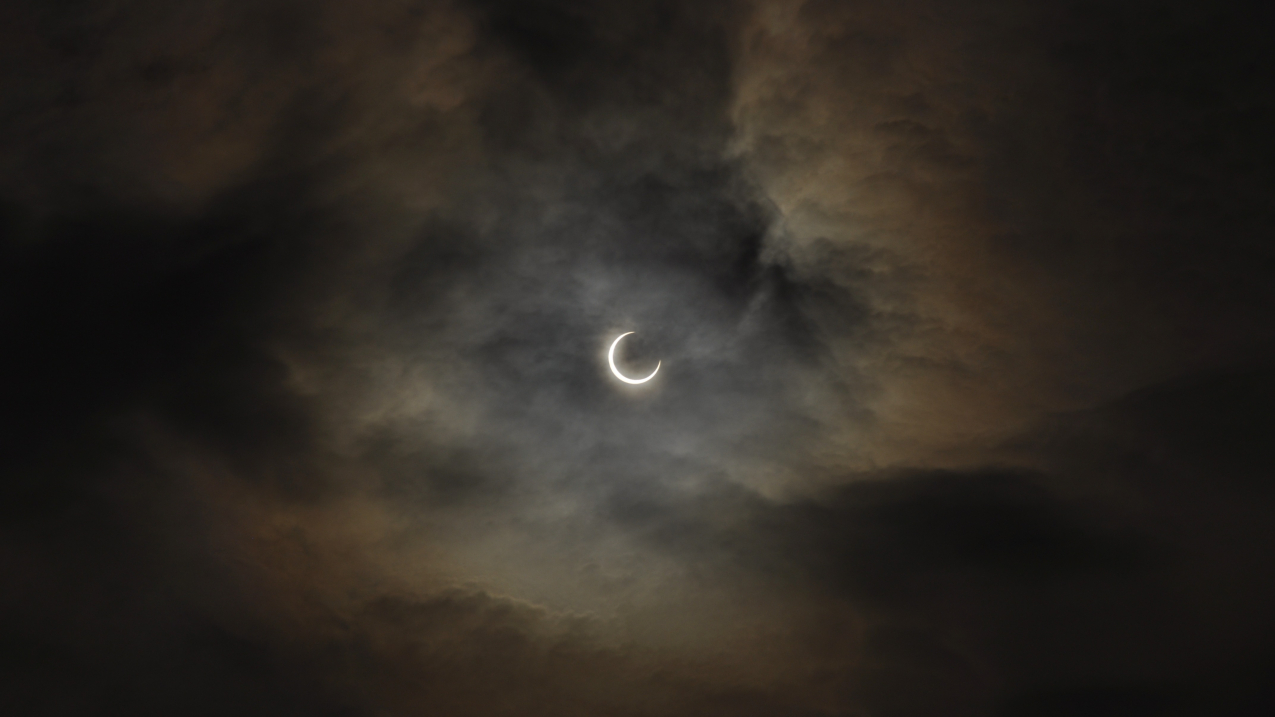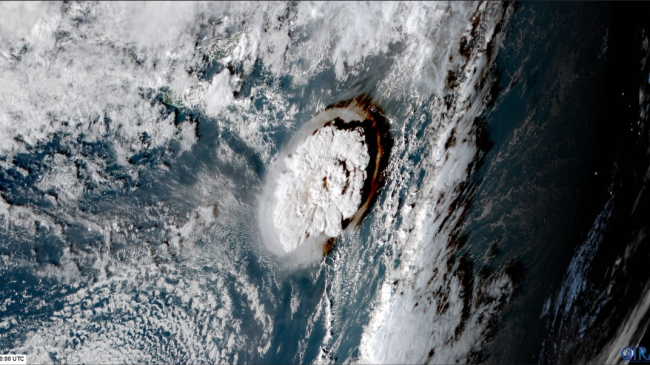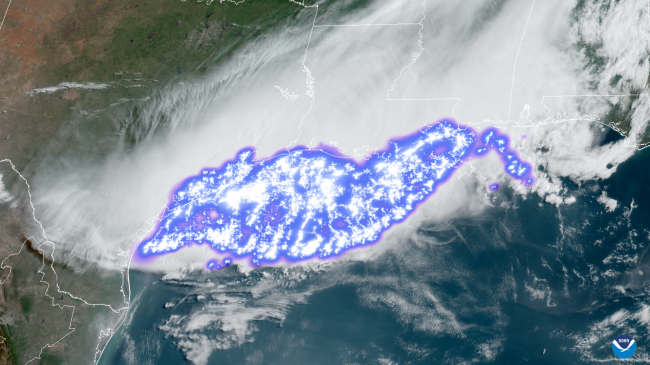Get your weather forecast, viewing map, imagery and more for the historic August 21 event

A solar eclipse as seen over Japan in 2012. A rare total solar eclipse is expected to occur on August 21, 2017 and be viewable over a large swath of the United States. (Image credit: Pixabay.com via Creative Commons CCO license for public domain use | https://pixabay.com/photo-95547)
Are you ready for the history-making total solar eclipse on August 21? We are!
While most of America will be looking up on August 21 during the solar eclipse, NOAA's GOES-16, America’s newest weather satellite, will be looking down at Earth, tracking the moon’s shadow across the United States with its highly sophisticated Advanced Baseline Imager. NOAA plans to publish images of the eclipse from GOES-16 and its other polar-orbiting and geostationary satellites as they become available.
The GOES-16 imager will provide three, high-resolution color animations and still pictures of the eclipse.
And, flying onboard NOAA's DSCOVR satellite — in orbit one million miles away between the Earth and sun, and past the moon — is the NASA EPIC camera. The high-powered EPIC camera will also take images and a movie of the moon’s shadow on Earth that will likely be available within one or two days of the eclipse.
To prepare for and watch the eclipse live
> Access the weather forecast for your viewing location on this interactive map from NOAA's National Weather Service.
> WATCH the eclipse live on NASA TV.
> Download our keepsake #Eclipse2017 weather observer log to record and remember your observations (PDF).
To access GOES-16 satellite animations and images
> 1st animation: 1:30 p.m. ET
Will show the eclipse shadow emerging from the Pacific Ocean
> 2nd animation: 3:30 p.m. ET
Will show the full run of the eclipse shadow moving across the continental U.S. after it has left the South Carolina coast
> 3rd animation: between 4:30 p.m.–5 p.m. ET
Will show the full loop of the eclipse shadow passing across the entire Earth
All of the GOES-16 eclipse animations and still images will be available at www.nesdis.noaa.gov/
(Please credit GOES-16 imagery to NOAA.)
To access EPIC camera image and movie from NOAA's DSCOVR
> Visible color images and movie from NASA’s EPIC camera aboard NOAA's DSCOVR satellite will be available at https://epic.gsfc.nasa.gov.
(Please credit EPIC images to NASA/NOAA.)
More feature stories
> NOAA scientists get rare chance to study effects of eclipse on weather
> U.S. Climate Network observing the Great American Eclipse
* Be sure to follow NOAA Satellites on Twitter, Facebook and Instagram – and check this page through August 22 as we'll be adding resources as they become available.
Happy Total Solar Eclipse everyone!



